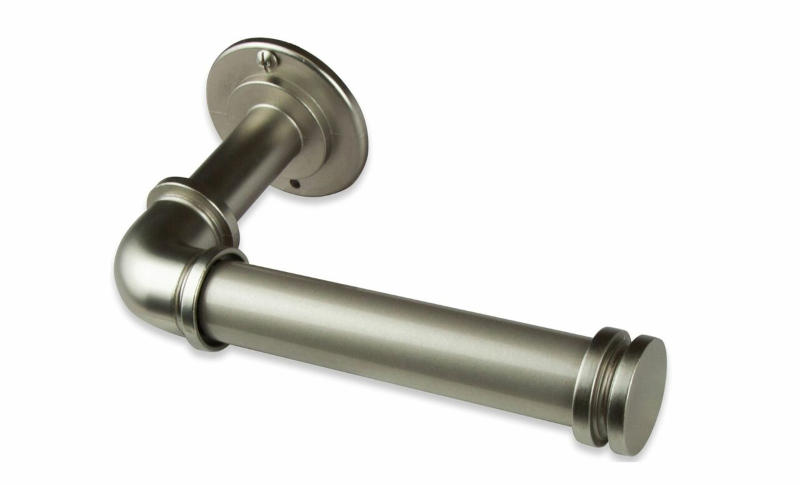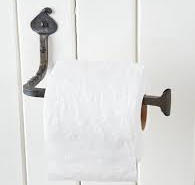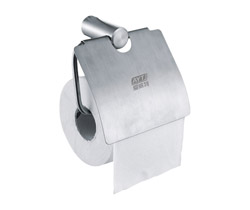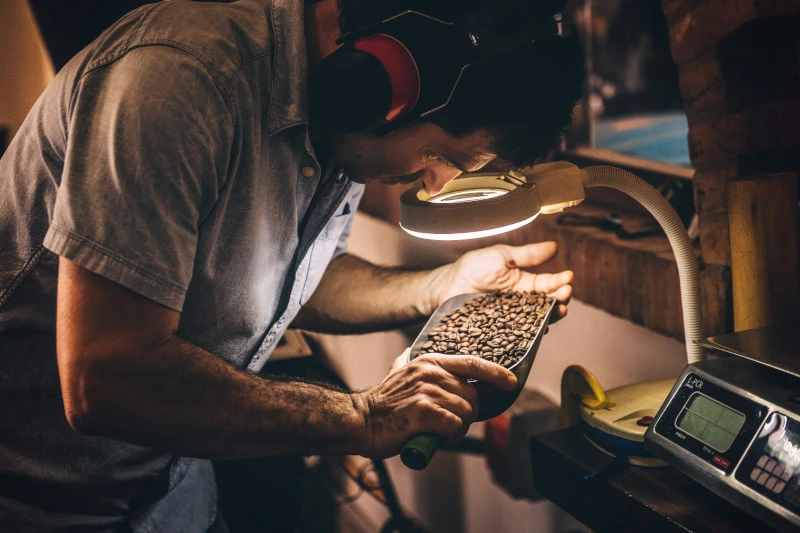Minimum Viable Product Example
The best way to understand the concept of Minimum Viable Product is to understand its purpose alongside examples. In this post I explain what MVP is expected to achieve and use an example product to explain it.

Photo by Courtney Hall on Unsplash
What is a Minimum Viable Product (MVP)
A Minimum Viable Product (MVP) is a product that satisfies a specific need for a specific type of customer - and nothing more. It is about determining what is just enough without being too little or too much. It is a technique used to facilitate failing fast by forcing extreme focus on a specific use case and creating a minimally marketable product for that use case as quickly as possible.
An MVP is similar to a prototype in that its purpose is to prove the feasibility of a product. The difference between a prototype and an MVP is a prototype is not ready for the market because it only satisfies the happy path use case. An MVP however, is fully market ready, mass produceable, safe and durable, but is designed to meet a specific use case as simply as possible.
An MVP is a product. It is a market experiment, not a lab experiment.
Why Minimum Viable Product
The very idea of Minimum Viable Product (MVP) is counterintuitive to how we are taught to create products. With MVP we are not trying to create the ‘best’ product or to exceed expectations with the ultimate customer experience. In fact, we are trying to do the minimal possible to achieve an outcome.
MVP is an experimental approach that may result in failure. Many failures in fact. I would argue that the success of a Minimum Viable Product is more based on the learning outcomes of the attempt than its success.
A failed attempt that produces many deep insights that help drive a more successful follow up product would be considered an MVP success story.
So the key driver for MVP is to derive learnings (through either successes or failures) with as little risk as possible. Those risks being financial, delivery speed, reputational, complexity.
MVP is about innovating
MVP is used to innovate, and to innovate quickly.
MVP reduces the risk that comes with innovation by validating assumptions as quickly and as cheaply as possible. Every user story is an assumption. We are assuming that the solution we are creating will be adopted by our customer and will solve the problem at hand.
Agile project methodolgies like Scrum help enable this type of product development because they encourage short iteration cycles and tight feedback cycles.
Starting with the requirements
Before coming up with an MVP solution, we need to start with a requirement, a customer need. I’m going to use a toilet paper dispenser as our product example since it is simple and straightforward but there are also a myriad of designs and solutions for this product.
Since I am a big fan of Impact Maps I will start there. The following is the beginning of the impact map for this project, showing the first and most basic requirement that I would expect all toilet roll dispensers to satisfy.

Impact maps start with a goal, and for this example the goal is simply to create a toilet paper dispenser for the home. our impact is to make it easy for people to pull toilet paper from the roll.
You can see how easy it is to create a User Story from an impact map
As a user I want a post that holds the toilet paper either vertically or horizontally and attaches to a nearby wall So that I can easily reach and pull any amount of toilet paper
The persona User is weak and generic however, it would be better to refine the personas by their specific needs (I.e. men, women, kids). See my article on User Personas for more information.
A Viable Solution
The definition of viable is the most challenging part of MVP. What is enough to make a product viable? I mean we don’t want to create a garbage product do we?
The minimum part of MVP is intended to keep the focus on solving the problem in the simplest way possible. It is not about compromising quality. In fact, compromising on quality to deliver a product to market quickly will undermine the point of MVP. Remember that MVP is about innovation, and innovation is about experimentation. Delivering a low quality product that only sometimes works obscures your results. Did the product fail because it didn’t actually solve the problem, or did it fail because it sometimes didn’t do what it was supposed to?

The above image is an example of a simple (and common) toilet roll holder. It doesn’t do a lot. There are no moving parts. You can’t adjust it to hold jumbo toilet paper rolls, it doesn’t have a top flap that holds the paper to make it easier to tear. It holds a standard roll and allows you to mount it to a nearby wall.
Quality
How does quality fit into the picture? As I mentioned earlier, an MVP is a product that will be delivered to real customers. It is a bona fide product.

The above dispenser is also a good minimum viable product example because it satisfies our basic requirement as simply as possible. However, it has some quality elements that are worth examining.
When it comes to quality we are not always trying to build the Ferrari, the ultimate best. Quality is a level that we set on a product based on the market we are serving, the cost-benefit tradoffs, local regulation and the company brand.
If we were planning on selling our dispenser at Restoration Hardware, the artisanal forged version would be appropriate, but if we are planning on selling it at a dollar store it would not.
Scope Creep
Simplicity is hard. Our natural tendency, in order to maximize the odds of success, is to try to cover all the bases. This is very much contrary to the MVP model. In MVP we want to be as niche as possible. The more specific we can be, the more valuable the information we can draw from our MVP product success or failure.

The above minimum viable product example toilet paper dispenser has a flap that makes it easier to tear the paper. This feature adds cost and design time to the product.
Here is where your judgement is needed, our requirement states that it needs to be easy to reach and pull paper from the dispenser. But it just needs to be easy enough not as easy as possible. And we haven’t mentioned anything about tearing the paper cleanly from the roll, which is the requirement that would drive this flap feature.
Summary
While I was writing this article I started thinking of how I could apply MVP to it. The user story might go something like this:
As a Product Owner I want read about a Minimum Viable Product Example that explains the MVP guiding principles So that I can understand how to validate my feature ideas with real customers with as little risk as possible
I hope that this article satisifies the user story above and helps you determine if you are tracking towards and MVP instead of a protoype, or just a poor quality product.




